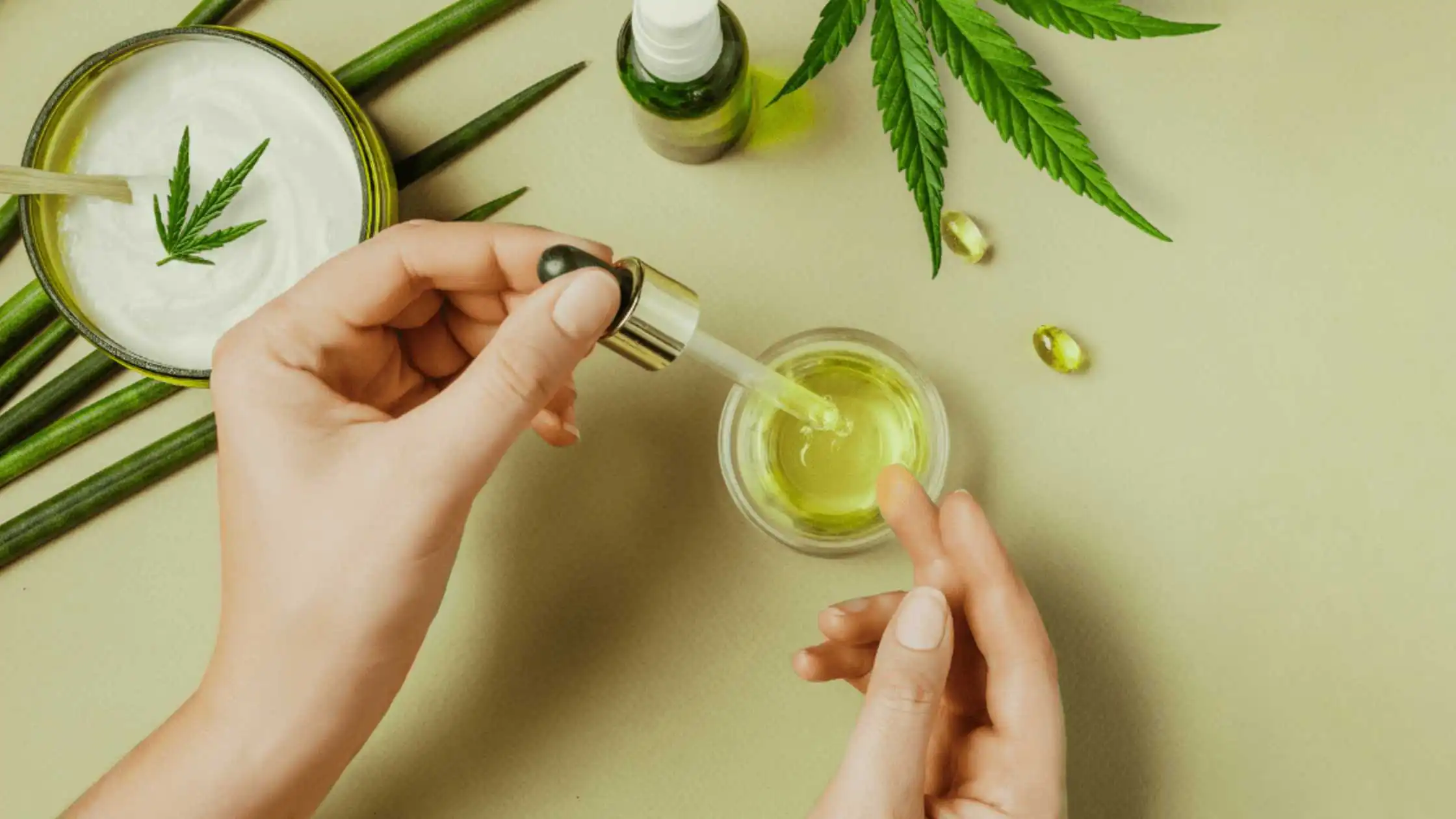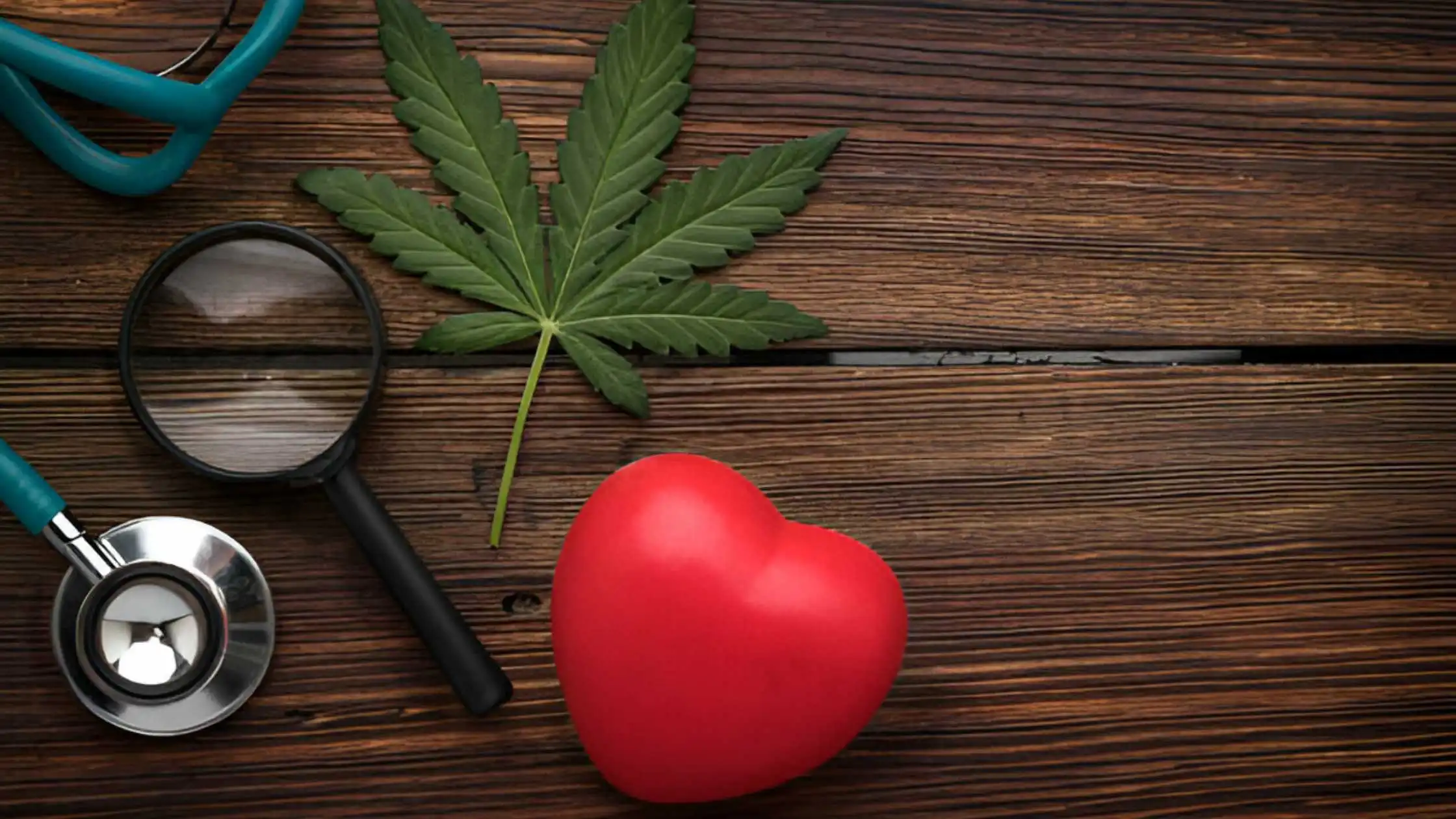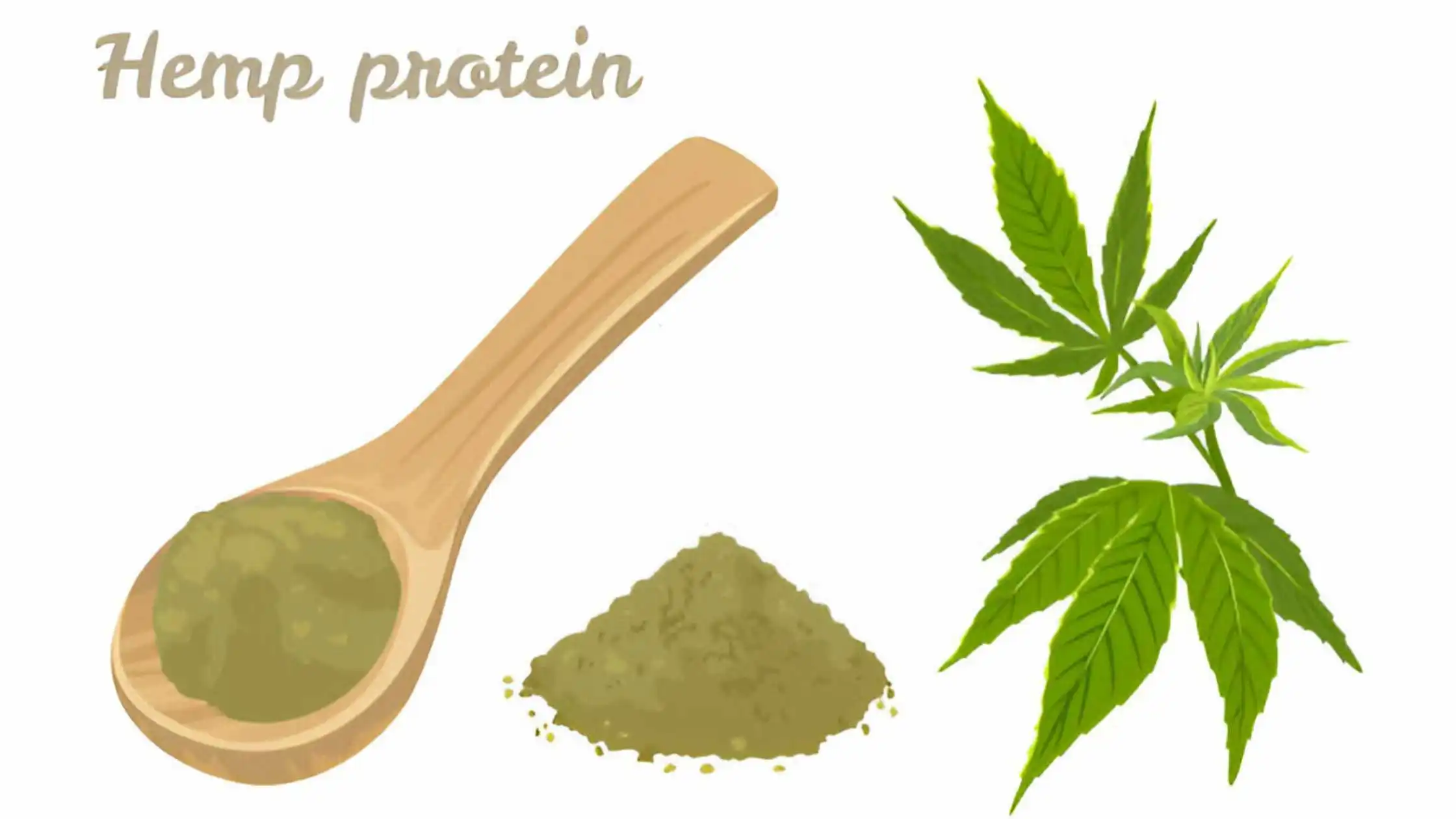Results from what is thought to be the most extensive study to date show that over 70 percent of CBD consumers saw improvements in their well-being.
The study, conducted by Radicle Science, involved over 3,000 participants given CBD products to try at home.
The organization’s Advancing CBD Education and Science (ACES) report aimed to determine the effectiveness of botanical CBD products.
The randomized controlled trial involved 13 US brands and examined different reasons for taking CBD. These includedwellbeingng, quality of life, pain, anxiety, and sleep quality.
The results revealed that 71 percent of participants saw an improvement in wellbeing, with 63 percent seeing a clinically meaningful improvement in anxiety. A further 61 percent reported improved sleep quality, while 47 percent said their pain levels decreased.
Sixty-one percent of participants reported feeling the effects of CBD within one to four hours of consuming their chosen products.
CBD report
Speaking with Cannabis Health, Jeff Chen, CEO and co-founder, said: “There are studies of American consumers showing that millions are using CBD, yet despite that, we still don’t know a lot about it. One of the key reasons is that it was lumped together with cannabis for the longest time, so if you wanted to study these products, then it was nearly impossible. Our little understanding comes mainly from cell and animal studies, which show some amazing things.”
He added: “When we talk about human studies of CBD, there is so little data. The main reasons people are using it for pain, sleep, stress, and anxiety. So our job, as Radicle Science, was to generate a body of knowledge and understanding to help consumers.”
The result was a ‘first of its kind’ study providing real-world data on CBD use.
It examined how people used CBD in their own homes rather than a medical setting, how much they used it, and what side effects they experienced. To do this, the researchers gathered a diverse pool of participants and paired them with different brands. As the products were mailed to consumers, the study wasn’t limited to those who lived near a laboratory, and as a result, 3,000 people took part.
Jeff said, “We wanted to involve various brands with various formulations, but we also wanted a diverse pool of participants. This included people from different geographies, ethnicities, and demographics to make this as ‘real world’ as possible. We mailed the products to people to take in their own homes.”
The success of the CBD was measured using different scientific scales. These findings were assessed through five indices: the World Health Organization (WHO)-5 Well Being Index, the Kemp QOL scale, the Generalised Anxiety Disorder (GAD)-7 scale, the Patient-Reported Outcomes Measurement Information System (PROMIS™) Sleep Disturbance SF 8B scale, and the PEG-3 Scale for pain.
Jeff said, “When assessing the outcomes, we used measures developed by the World Health Organisation or the US National Institute of Health for sleep or pain. We collected these validated survey instruments and tonnes of information on demographics, behavior, and health conditions. We want to understand if there are any variables, whether ethnicity or caffeine consumption may affect usage.”
He added: “As we were working with the brands, we knew exactly what products they were taking and what was in them. Our study also made calculating the dosage easy, which can be difficult for consumers. We had participants report how many servings they used, whether gummies or capsules. The bottle is very clear about what each serving is. We have the chemical analytic results; we can back-calculate the dosage to give us normalized dosage data.”
Radicle Science report results
The study reported significant improvements in the three main areas people reported using CBD for, such as pain, sleep, and anxiety.
Jeff said, “We found that 47 to 63 percent of people experienced not just an improvement but a clinically meaningful one, depending on the health outcome you are looking at. This means that they are experiencing changes to sleep quality or anxiety that are large enough to make a healthcare provider say they are meaningful. It’s strong enough that it deserves to be further utilized.
Another interesting result was that most people reported the impact within several hours of taking the product. We are still trying to figure out the mechanism of action for CBD. One mechanism seems to be affecting the serotonin system. If you look at things like SSRIs that are prescribed for anxiety, then they can take several weeks to kick in. We saw the onset of effects from CBD within several hours.”
Jeff highlighted that the study also examined the participants’ quality of life and wellbeing, which may have improved due to decreased anxiety and sleep problems. The next phase will examine more of the study’s data points.
He said: “We will be doing a lot more sophisticated biostatistics. The next stage will examine the role that demographic or behavioral characteristics may have played or if they had predictive effects on the outcomes. For example, does caffeine or alcohol make you more or less likely to experience an impact? Did ethnicity mean you were more likely to experience a positive outcome?
“We will examine the 13 brands’ product attributes to determine whether a gummy had an advantage over a tincture, for example. The next wave of analysis will still determine much.”
Prospect Farms entered some of its products into the ACES study.
Speaking with Cannabis Health, CEO Brad Tipper explained how beneficial the study has been for the brand.
“Our focus has been creating terpene-forward products,” said Brad.
“It makes Prospect Farms products unique compared to many of our peers. Our balance products, which were included in the ACES study, are great for mood and cognition. This was a great opportunity for us to differentiate our view of the market right now. We wanted to show the difference in using quality carriers or terpene blends for health outcomes.”
He added, “One of the biggest areas we hoped Radicle Science would illuminate is consumer behavior around dosing. Tinctures are still a very unique concept for the broader audience. We are used to taking a supplement or an over-the-counter product but not holding something on our tongues for 30 seconds. Thinking about pipettes and graduated marks can be an intimidating concept.”
CBD report and product changes
Brad highlighted that the insights into dosing have been precious for the brand. They have been able to consider this when developing their products.
He said, “It has informed many of our product development considerations. We are restricted in terms of what we can do under current regulations and can’t make explicit dosage recommendations. We can allow you to understand how much is in each one of your doses and have direct consultations with the consumer. It has also highlighted a need for potentially higher-strength products. This has informed some of our product development.”
Disclaimer: https://cannabishealthnews.co.uk/2022/01/18/71-of-cbd-consumers-see-improvement-in-wellbeing-industry21





